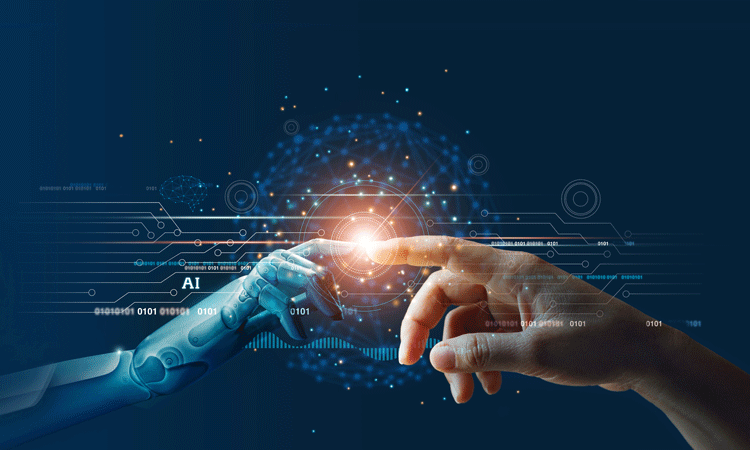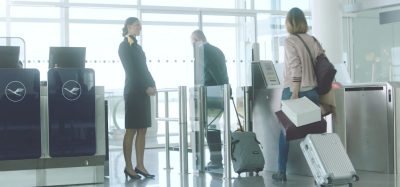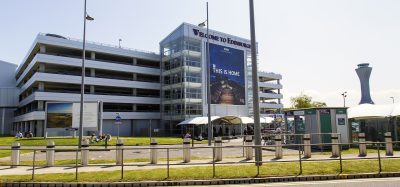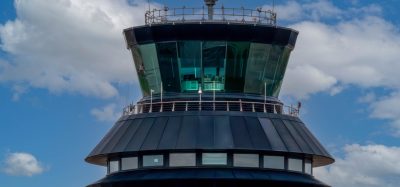Promoting innovative technologies to reduce reliance on manpower at Tokyo Narita Airport
Posted: 1 November 2024 | Tatsuya Narukiyo | No comments yet
For Issue 3 2024, Tatsuya Narukiyo, Chief of DX Development and Planning department at Tokyo Narita International Airport talks to International Airport Review about the airport’s digital transformation journey and the technology trends shaping the airport sector.


Where is Narita Airport on its digital transformation journey?
We are working on promoting digital transformation based on the ‘AIR NARITA’ Master Policy.
How does Narita Airport utilise digital transformation technologies to improve the passenger experience?
Although air travel demand has temporarily declined due to COVID-19, we recognise that in the face of expected future growth in air travel demand, airports around the world face the common challenge of how to operate airports efficiently and promote contactless initiatives.
We intend to further promote fast travel and generate further airport innovation to improve efficiency, to promote contactless initiatives, automations and reduce labour.
Face Express, which is also known as One ID, is a key initiative of airport innovation.
Tell me about the Air Narita master policy, what it is, and what it sets out to achieve?
The ‘AIR NARITA’ master policy on digital transformation at Narita International Airport is designed around the following three core elements encompassing the activation, innovation and renovation of Narita Airport’s business, systems and organisation, taking all those involved with the airport towards a common destination:
- Radical review
- Automation and labour efficiency
- Sophisticated airport operation.
Narita recently joined Airport Labs’ Airport Community App – tell me more about this!
We started a trial of the Airport Community App last year as part of our initiative to improve the sophistication of airport operations.
We are currently considering the application’s operations to allow approximately 40,000 airport employees to use the Airport Community App in real-time in the future.
How are you working to empower your airport workers and alleviate the pressures caused by workforce shortages?
We will promote business efficiency and enhanced productivity by proactively incorporating robotics, artificial intelligence (AI) and other cutting-edge information and communications technology.
Narita Airport has implemented several innovative technologies to improve the passenger experience, but one of the most notable innovations is the AI chatbot, which provides guidance services for passengers who have just arrived at our airport.
When you land at Narita Airport and connect to the airport’s free Wi-Fi, you will see the chatbot’s information screen on your smart phone.
You can ask it anything about Narita Airport as well as Japan, such as how to find a taxi, take a train, or go to a delicious Japanese restaurant.
The chatbot is highly accurate because it is powered by a machine learning AI system that has been trained on previously collected data.
Another using AI-powered system is the Multi-lingual Intercom Service. This allows customers to speak to an operator simply by holding their smartphone over a QR code panel installed on the wall. This intercom system can automatically translate customer questions from, for example, Spanish, Chinese, or other languages into Japanese and display them on the operator’s monitor.
In addition, answers from airport staff can be automatically translated into the customer’s own language and displayed on their smartphone. Our system supports 13 international languages using AI machine translation. This facilitates more fluent conversations between passengers and operators. In addition to voice communication, our system can also use text messages via keyboard input, making it accessible to the hearing impaired.
The Multi-lingual Intercom Service is extremely effective in dealing with international passengers at Narita Airport who cannot speak Japanese or English. Currently, these panels have been installed at some 100 locations within the airport.
What technology is going to be disrupting the airport space the most in the next two to four years?
I think AI solutions. Because AI can assist in some areas that are currently performed by people. For example, self-driving cars could be useful in solving the shortage of bus drivers.
In particular, the use of AI can be expected to eliminate human error and reduce traffic accidents.
I believe that this cutting-edge AI technology can be implemented not only for buses, but also for the ground service unit (GSU) vehicles at airports.
In particular, for airports where safety is the top priority, this autonomous vehicle technology can kill two birds with one stone, so to speak, by resolving the shortage of human resources and ensuring safety. AI will bring the most significant changes to airport operations.
What technology trends are you observing in the airport space that you are excited about?
Currently, the data linkage status of each system at Narita Airport is that multiple mechanical systems are connected peer-to-peer and it is hard to manage the data. I believe most airports have the same issue.
Therefore, I believe that technology that can solve this problem by harnessing information to analyse and display various types of data in real-time to improve the customer experience, efficiency and convenience of airport facilities and services, and optimise airport operations.


He is working on building a data lake system (AODB: Airport Operational Data Base) to analyse and display various data in real time for digital innovation.
The International Airport Summit is open for registration!
Date: 19 – 20 November 2025
Location: JW Marriott Hotel Berlin
At our flagship event of the year, we will dive into the future of airport operations, with expert-led sessions on passenger experience, innovative smart technologies, baggage handling, airside operations, data, security, and sustainability.
This is where global airport leaders come together to share insights, challenges, and real-world solutions.
Limited complimentary passes are available for eligible professionals – first come, first served!
Issue
Related topics
Artificial intelligence (AI), Autonomous Technology, Contactless / Touchless technology, Digital transformation, New technologies, Operational efficiency, Passenger experience and seamless travel, Robotics


















